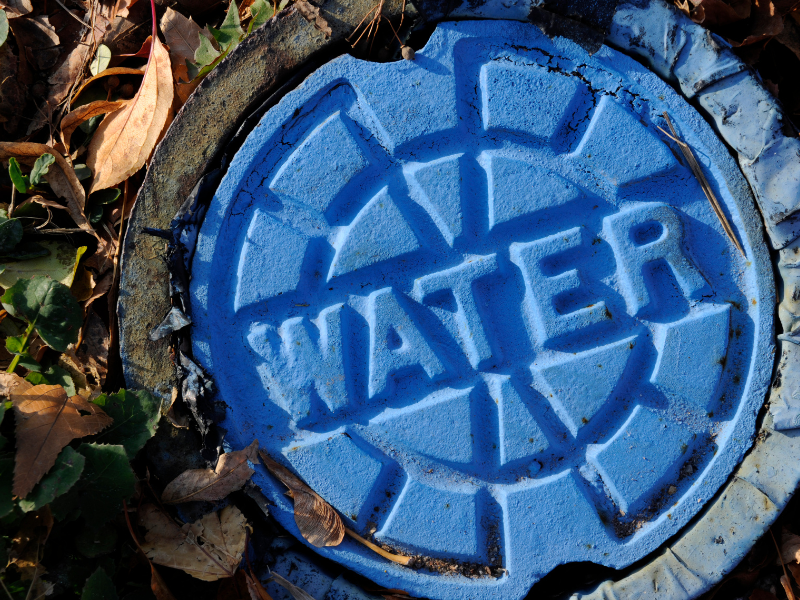Brazil's water infrastructure sector is undergoing a transformative phase, driven by urgent universalization goals and regulatory reforms that are reshaping the landscape for utilities like Sabesp. With 33 million people still lacking access to clean water and 80 million without sewage treatment , the country's 2033 targets—99% water coverage and 90% treated sewage coverage—demand a seismic shift in investment and operational models. For Sabesp, the São Paulo state water utility, this presents a unique confluence of regulatory tailwinds, financial resilience, and strategic positioning in one of Latin America's most critical infrastructure markets.
Regulatory Reforms and Investor Confidence
The 2020 regulatory overhaul marked a pivotal shift, introducing a hybrid model for Sabesp that blends discretionary and contractual elements to balance investor predictability with public accountability. This framework, which includes annual tariff reviews tied to completed investments and provisions for retaining efficiency gains, has already attracted institutional attention. Morgan Stanley's recent reaffirmation of a “buy” rating for Sabesp, coupled with an elevated target price, underscores the sector's growing appeal.
Private sector participation in Brazil's water sector has surged from 13% in 2012 to 42% in 2024, a trend Sabesp is poised to capitalize on. The utility's proposed privatization, if realized, would further solidify its access to capital, with 24 state and municipal projects expected in 2025 alone. This aligns with a broader R$105 billion private investment pipeline across 43 privatization projects by 2033, creating a fertile ground for long-term growth.
Financial Resilience and Operational Efficiency
Sabesp's recent financial performance reinforces its credibility as a long-term investment. In Q2 FY2025, the company reported a 77% year-on-year increase in net income to BRL 2.1 billion, driven by tariff adjustments, volume growth, and cost efficiencies.
Long-Term Growth and Market Dynamics
Brazil's water sector is projected to attract US$8.5 billion in investment in 2025 alone, with Sabesp and Equatorial positioned as key beneficiaries. The utility's 2024 RAB (Regulatory Asset Base) data submission to SASP, pending a December 2024 tariff adjustment, signals continued regulatory engagement. Analysts note that Sabesp's focus on underserved communities—where partnerships and local capacity building are essential—aligns with national universalization goals.
Conclusion
Sabesp's strategic position is underpinned by a trifecta of regulatory clarity, financial discipline, and operational innovation. As Brazil races to meet its 2033 universalization targets, the utility's hybrid regulatory model and robust investment pipeline position it as a cornerstone of the country's water infrastructure boom. For investors, the combination of immediate returns from efficiency-driven earnings and long-term growth from universalization projects makes Sabesp a compelling case study in how regulatory tailwinds can transform a utility into a high-conviction investment.


